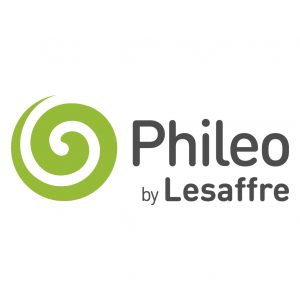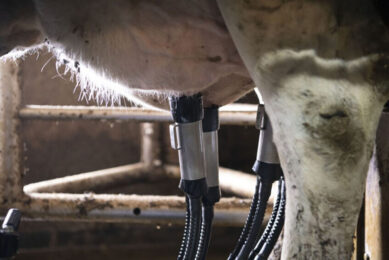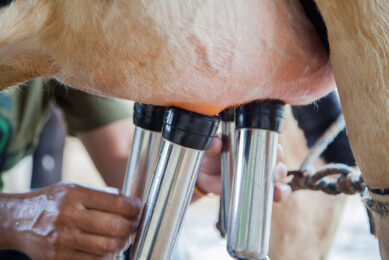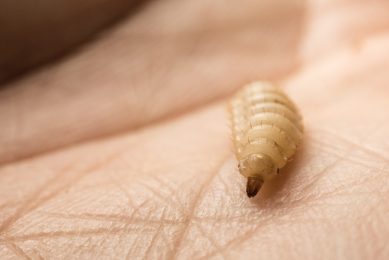Fibre digestibility improved with yeast probiotic
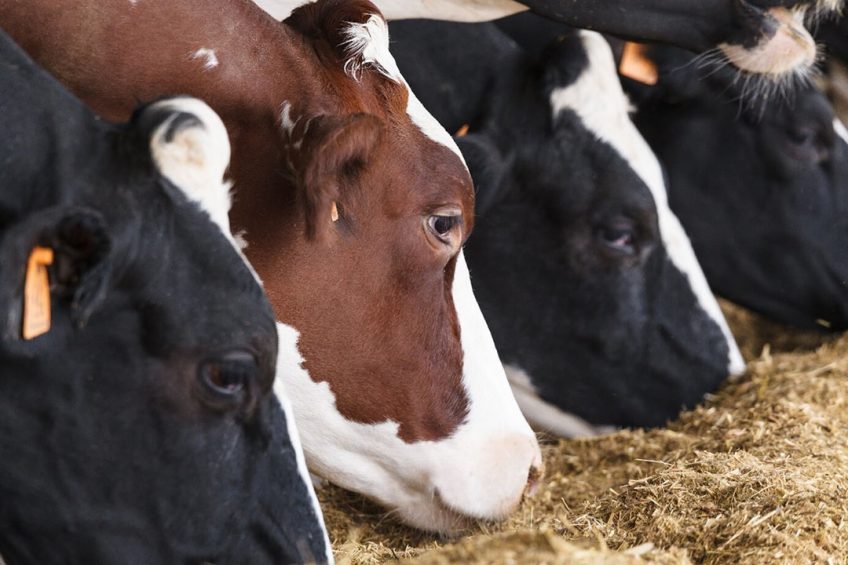
Improving feed efficiency is a strong tool to increase sustainability in ruminants. A great way to achieve this is to improve fibre digestibility of local forages. The supplementation of the yeast probiotic from Phileo helps farmers achieve this. New data on local Vietnamese forages are explained here.
Many trials show that yeast probiotic, Actisaf Sc 47 improves rumen conditions as measured by Redox Potential (Eh), an indication for fermentation process in the rumen. By strengthening the ruminal anaerobic environment both lactic acid-utilising bacteria and fibrolytic bacteria are increased and hence reduce the risk of rumen acidosis and increase fibre digestibility.
An increased fibre digestibility directly impacts animal performance and efficiency, as shown by Oba and Allen (1999). They looked at the relationship of neutral detergent fibre digestibility (NDFD) and animal performance. They estimated that a 1-unit increase in NDFD in vitro or in situ is associated with an increase of 0.17 kg/d of dry matter intake (DMI), 0.23 kg/d of milk yield, and 0.25 kg/d of 4.0% fat-corrected milk (FCM).
Trial with various forages with different NDF content
3 Holstein dry cows fed by standard cow diet composed by high fibre and low starch were used to collect rumen fluid that is further used in the ex vivo fermenters. Rumen fluid was taken from all 3 cows and mixed to obtain an average sample, to minimise individual microbiome variability. The researchers aimed to: Compare rumen degradability of local Vietnamese forages with French/European forages and secondly, assess the effect of the yeast probiotic on rumen degradability of Vietnamese forages.
The fermenters were then ‘fed’ a lactating diet, composed of a complete total mixed ration (TMR) to mimic rumen fermentation. After 2 weeks of adaptation with Actisaf Sc 47, the digestibility of different forages was calculated. The trials were performed at The Farm Phileo where 2 ex vivo techniques were used: Dual flow and Daisy incubator.
Difference in degradability
The in vitro results showed a significant difference in degradability of forages with higher fibre content (> 50% NDF) in ruminal dry matter (DM) degradability (Figure 1).
Figure 1 – Ruminal dry matter degradability (%).
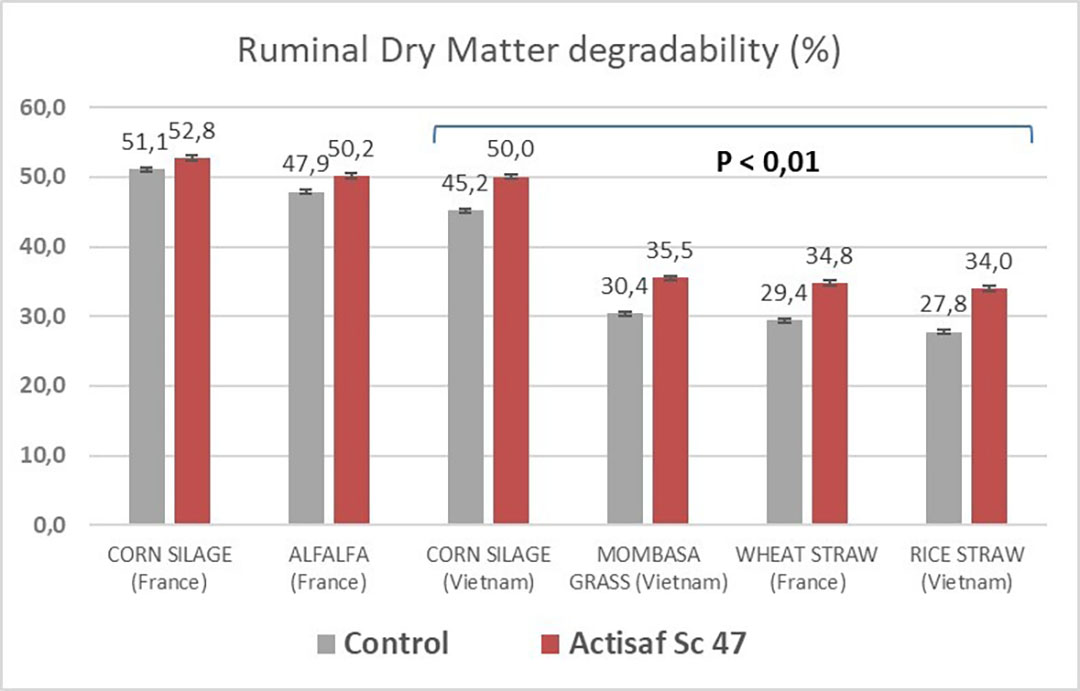
The quadratic correlation shows the correlation between %NDF of forages and additional ruminal DM degradability when the yeast probiotic product is supplemented (Figure 2). Interestingly, the effect of Actisaf Sc 47 was more pronounced for forages with higher NDF content.
Figure 2 – Correlation between DM degradability and forages’ NDF content.
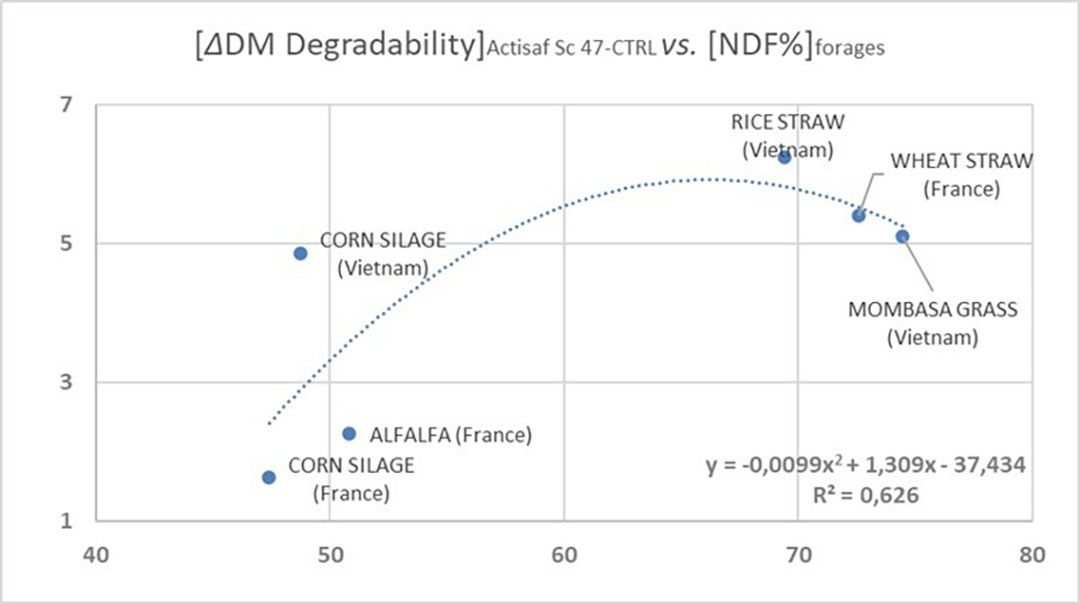
A comparison of Vietnamese forage and standard French wheat straw showed significantly increased NDF degradability when Actisaf Sc 47 was supplemented (Figure 3).
Figure 3 – Ruminal NDF degradability.
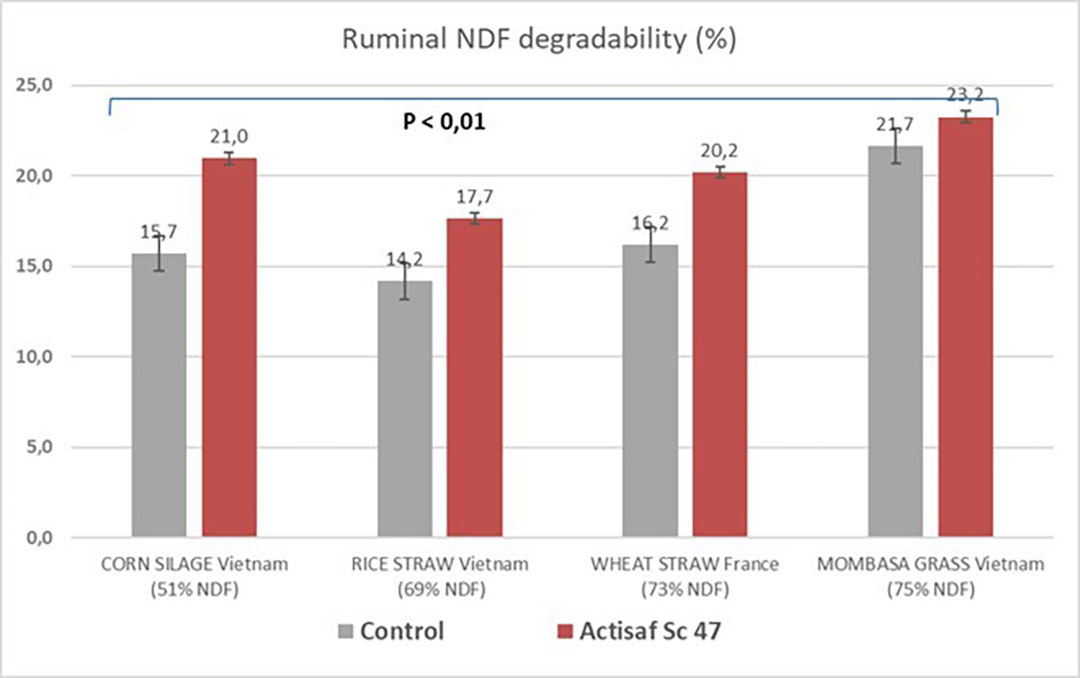
Figure 4 shows the correlation between %NDF of forages and ruminal DM degradability. Not surprisingly, forages with higher NDF content showed lower rumen degradability. However, when the yeast probiotic product was supplemented, it showed more pronounced effect on forages degradability with higher %NDF.
Figure 4 – Correlation between NDF degradability and percentage of the forage NDF content.
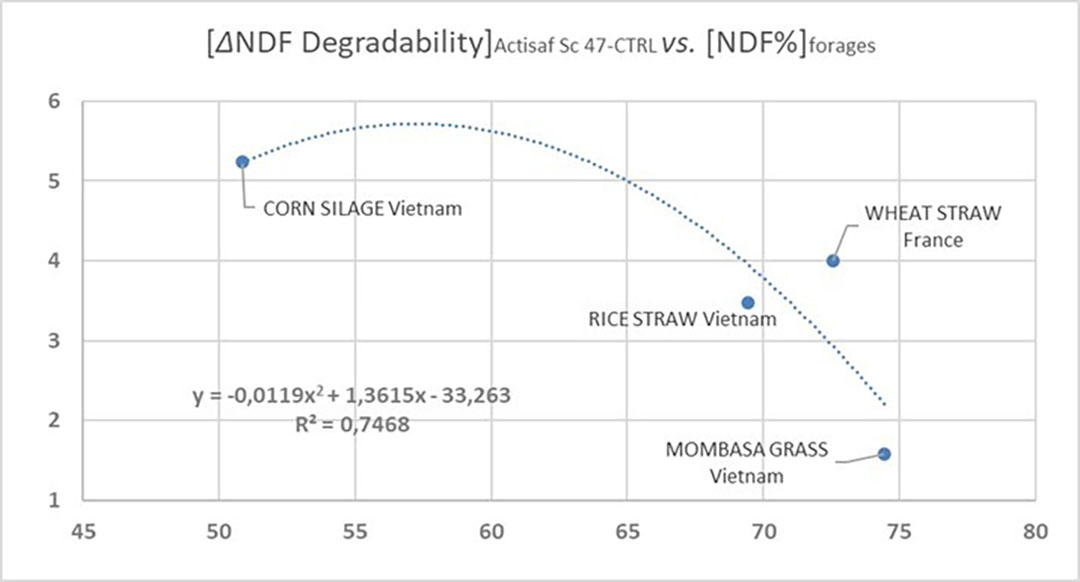
Effect stronger with high NDF content
Vietnamese forages showed slightly lower rumen degradability compared to French forages. Actisaf Sc 47 significantly improved DM, NDF and ADF degradability of Vietnamese forages. Results vary, depending on NDF content in the forages. A notable result is that when the yeast probiotic product is supplemented, the fibre degradability (in %) is stronger when ingredients have a high NDF content. This could be explained by the effect of Actisaf Sc 47 to significantly increase the rumen population of fibre digesting bacteria that prefer forages containing larger proportion of NDF.
Valentin Nenov, Global Ruminant Manager at Phileo, explains: “This experimental study allows us to better understand how yeast probiotic improves the digestibility of different raw materials depending on their NDF content. The results help us to predict feed digestibility and efficiency in dairy cows supplemented with yeast probiotic Actisaf Sc 47”.
References available on request.


